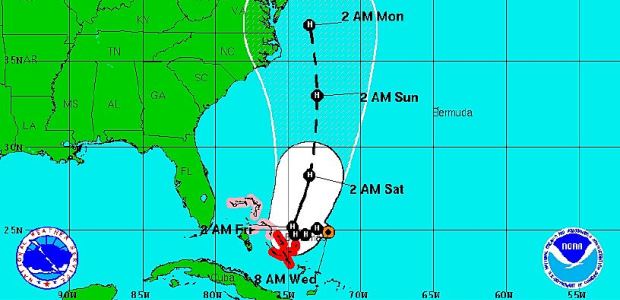
NTSB Issues Recommendations to Improve Mariners' Weather Information
Stemming from the agency's investigation of the 2015 El Faro sinking, the 10 recommendations aim to increase the frequency of certain advisories and alerts and improve the accuracy of hurricane and tropical cyclone forecasts.
The National Transportation Safety Board has issued 10 safety recommendations intended to make weather information more available to mariners – specifically, making certain advisories and alerts more frequent and improving the accuracy of hurricane and tropical cyclone forecasts and making them more accessible to voyage planners and at-sea mariners.
"As we enter the 2017 hurricane season, we are reminded of the power and devastation associated with these storms," said NTSB Acting Chairman Robert L. Sumwalt. "Storm avoidance is a life-saving skill at sea. And having frequent, up-to-date and reliable weather information is key to effective storm avoidance – and to saving lives."
The 10 recommendations issued June 29 to NOAA, the National Weather Service, and the Coast Guard all stem from NTSB's ongoing investigation of the Oct. 1, 2015, sinking of the cargo ship El Faro near the Bahamas as the ship was nearing the eye of Hurricane Joaquin. After noting how that hurricane and several other major storms had significantly deviated from their forecasts, investigators determined improving tropical cyclone forecasting is needed, according to NTSB.
"We are getting these recommendations out as the hurricane season begins so that the work on these safety improvements can start immediately," Sumwalt said. Thirty-three people – 28 Americans and five Polish workers – were aboard the El Faro, a 790-foot roll-on/roll-off container ship owned by TOTE Maritime Puerto Rico and operated by TOTE Services, Inc., which was en route from Jacksonville, Fla., to San Juan, Puerto Rico, with a cargo of containers and vehicles when it sank.
On Oct. 31, 2015, a Navy ship found the ship's wreckage at a depth of about 15,000 feet. NTSB said its investigation is expected to be completed later this year.